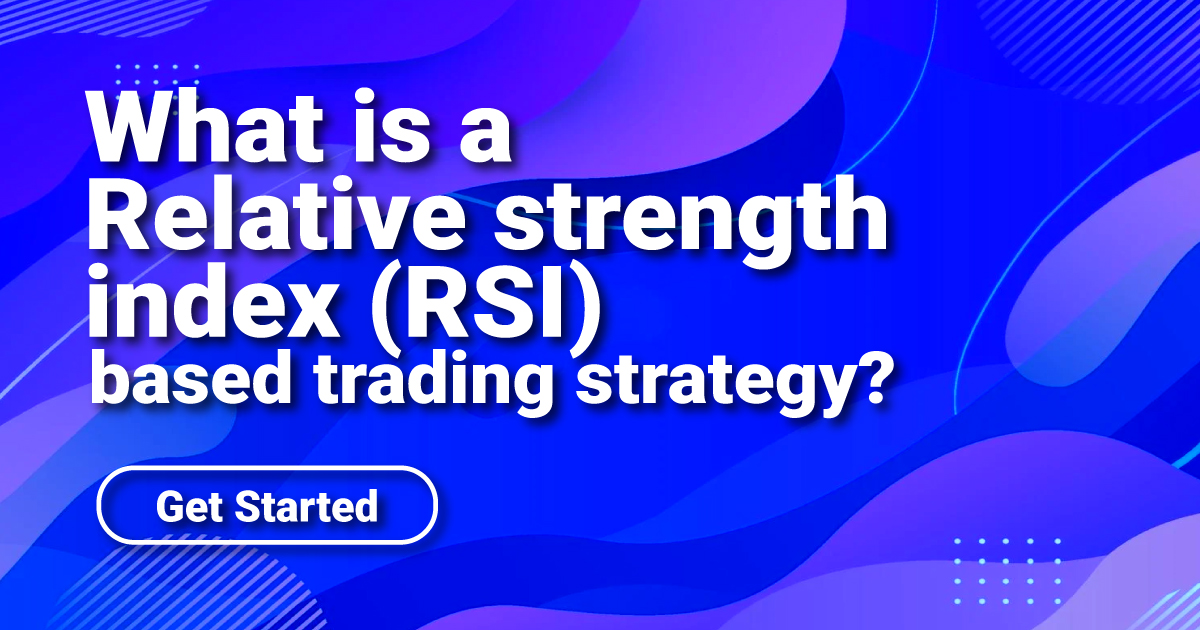
There various trading strategies are following by multiple experience traders, Relative strength index based also one of them, it’s being popular day by day.
Relative Strength Index (RSI) strategy
Relative Strength Index (RSI) is a momentum indicator of the speed and change in price. RSI is usually plotted on a graph with values ranging from 0 to 100. Any value below 30 is considered oversold, whereas any value above 70 is overbought. The line fluctuates up and down around the zero; if it crosses the zero line from below, it is considered as "oversold". Similarly, if it crosses the zero line from above, it is considered overbought.
The Relative Strength Index (RSI) based trading strategy is rather popular among those traders who like to take advantage of breakouts and pullbacks in uptrends and downtrends. The RSI-based trading strategy also finds use in the stock market, currency market, and commodity market. It is effective because it can catch breakouts early while at the same time avoiding false breakouts.
How Relative strength index (RSI) based trading strategy works?
The RSI indicator fluctuates between two numbers - 70 and 30. As mentioned earlier, any value below 30 is considered oversold and hence a buy signal while any value above 70 is considered overbought and a sell signal.
When RSI moves from 40 to 70, it's a strong uptrend move that could lead to a breakout. The price may not break out immediately but rather after some retracement. When the price retraces to 50, it becomes a strong sell signal as the RSI has moved from the oversold territory into overbought territory.
A breakout occurs when RSI crosses 70 or 30 on either side. Since this strategy relies on breakouts and thus there shouldn't be any stop loss for the trade.
The RSI-based trading strategy can also be used in conjunction with another indicator, for example using the stochastic oscillator. After a long downtrend, the price moves back above 30 and then below 50 which is a strong sell signal. The Stochastic Oscillator (STOCH) does not act as well as RSI, in this case.
If RSI is close to or at 30 then the price may trade in a range for some time before it decides which direction to move next. The stochastic indicator can be used when RSI moves back above 70 and near 80 to identify the possible trades.





